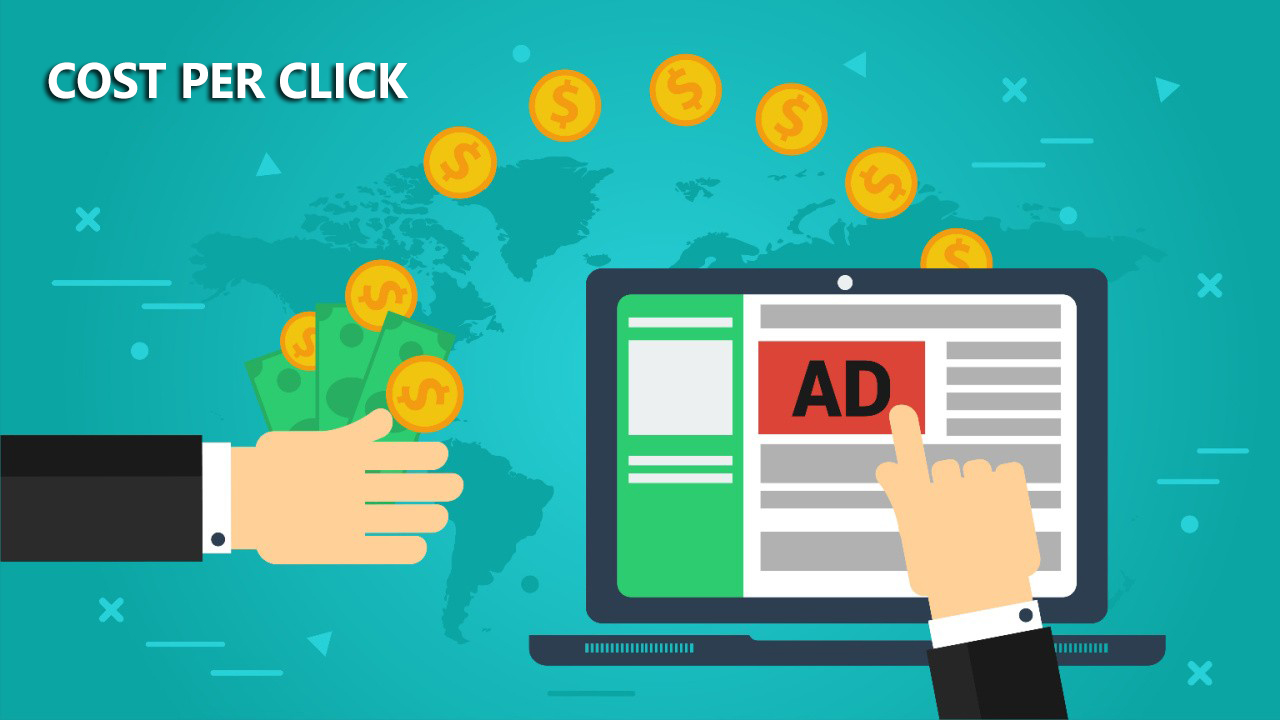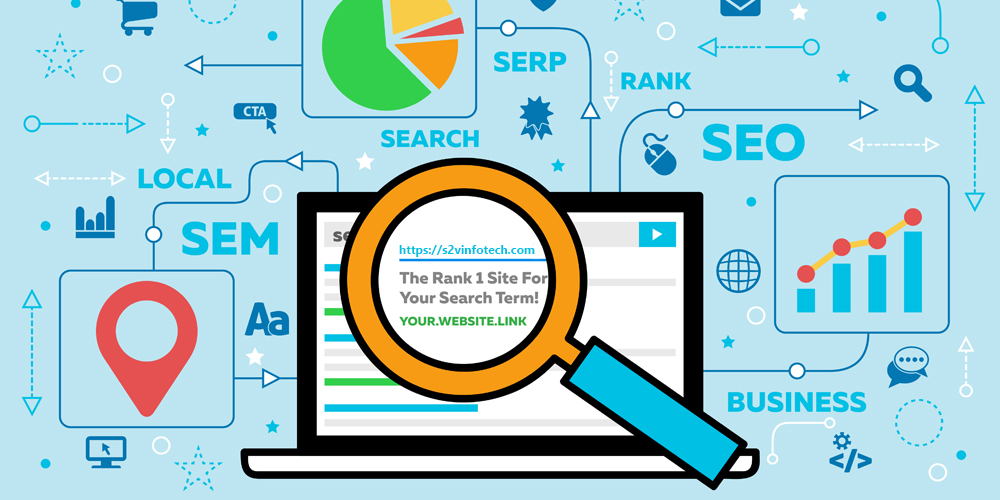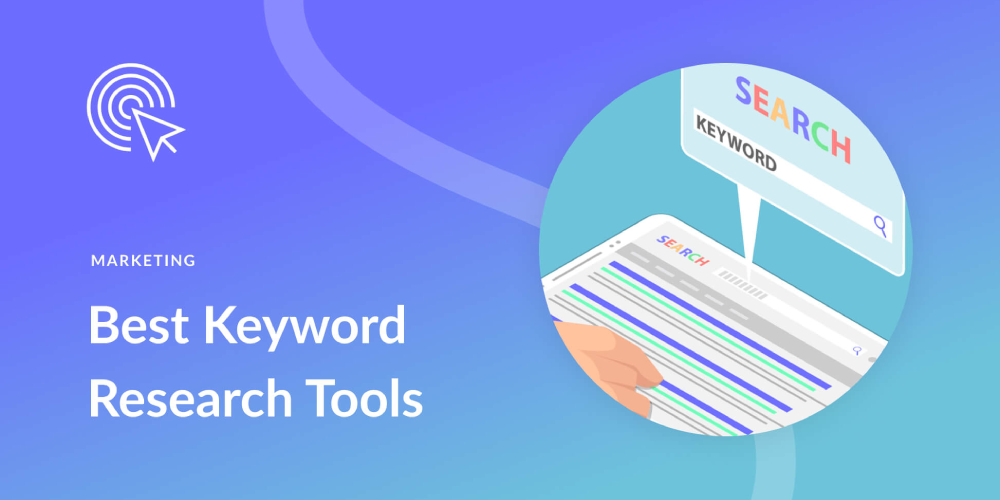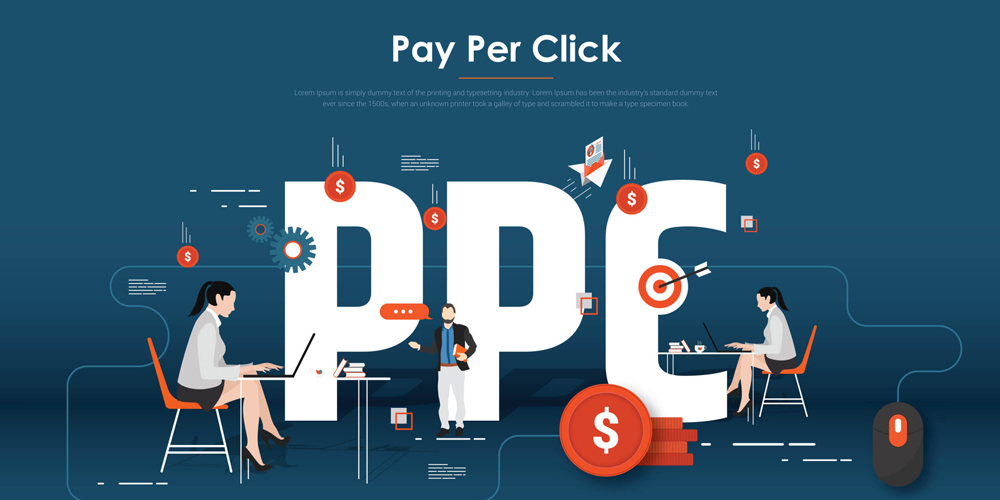Blog / What is the role of cost per click in digital marketing?
What Is The Role of Cost Per Click in Digital Marketing?

Cost Per Click (CPC) is a vital metric in digital marketing. It signifies the amount that an advertiser pays for each user click on their online advertisement. CPC plays several significant roles in digital marketing:
Understand What The Cost Per Click Is In Digital Marketing
The cost per click (CPC) in digital marketing refers to the amount you pay for each user click on your ad. CPC (Cost Per Click) is a crucial metric used to assess the effectiveness of your digital marketing campaigns. The more effectively your campaign generates leads and conversions, the lower your cost per click (CPC).
Just divide your entire advertising costs by the total number of clicks on the ads to find your digital marketing CPC. For instance, your cost per click (CPC) would be $0.10 if you invested $100 in Google AdWords and got 1,000 clicks.
The Importance Of Digital Marketing Cost Per Click
The cost per click in digital marketing is important as it enables you to measure the return on investment (ROI) of your campaigns. If you are dissatisfied with the results you are achieving from your current campaigns, you have the flexibility to make adjustments to your budget or targeting options in order to enhance your ROI.
In addition, CPC provides information on the most and least effective ad types and keywords. This data can be utilized to optimize your efforts and achieve better outcomes.
What is the Cost per click?
Cost per click (CPC) refers to the amount that an advertiser pays for each click on their advertisement. The CPC is influenced by various factors, such as the advertiser's objectives, target audience, and budget.
Google Ads has an average cost per click of about $1 to $2, but other factors and the competition of the keyword can make the cost per click considerably higher or lower. For instance, you might have to pay $50 or more each click if you're running an advertisement on a highly competitive keyword phrase. On the other hand, you could just have to pay a few cents per click if you're running an advertisement for a long-tail keyword that has little competition.
How does cost per click affect Google?
Google, one of the most widely used search engines, generates revenue through the sale of advertising space on its result pages. The cost-per-click (CPC) that advertisers pay Google each time a user clicks on their advertisement is a well-known aspect of online advertising. Depending on how popular the term is that is being advertised, the cost per click (CPC) might be anything from a few cents to over $100.
For Google, advertising is quite profitable, and the cost-per-click (CPC) has a significant role in determining the amount of money they make from searches. Google considers several aspects for determining the cost-per-click (CPC) for a given keyword, such as the advertiser's budget, the keyword's level of competition, and the ad's relevancy to the user's search query.
Other cost-per-click notations
There are other cost-per-click notations that are used in digital marketing. These include:
CPC — Cost Per Click
This is the most common form of cost per click and is what most people think of when they refer to the term. It refers to the amount that you pay each time someone clicks on one of your ads.
CPA — Cost Per Acquisition
This is the amount that you pay each time someone completes a specified action, such as making a purchase or signing up for a newsletter.
CPT — Cost Per Thousand
This is the cost per 1, 000 ad impressions, which is a metric used to measure the effectiveness of your ad campaign in terms of reach and frequency.
CPI — Cost Per Impression
This is the cost per impression, which refers to the amount you pay each time someone sees your ad. This can be particularly useful for branding campaigns, where the primary goal is to build awareness rather than generating clicks or conversions.
2: Calculating the Cost per Click in Email Marketing
The cost per click (CPC) is a critical factor to take into account when it comes to email marketing. The cost of each email that a subscriber clicks on is measured by CPC. The cost-per-click (CPC) can be used to gauge an email campaign's success and plan out subsequent ones.
Divide the overall campaign cost by the total number of clicks to determine the cost per click (CPC) for an email campaign. The cost-per-click (CPC) would be $1.00, for instance, if an email campaign costs $100 and gets 100 clicks.
You may evaluate the cost-effectiveness of various email campaigns by comparing them using the CPC. Reduced cost per click (CPC) indicates increased email click-through rates among subscribers, which is typically a sign of a successful campaign.
A low cost per click (CPC) email marketing can be further optimized by experimenting with different offers, content, and even subject lines. You may further reduce your cost-per-click (CPC) by testing various email elements to see which ones your subscribers respond to the best.
3: A Breakdown of the Cost of CPM vs. CPC
CPM, or cost per thousand impressions, is a pricing model in which advertisers pay for their ad to be shown a set number of times. CPC, or cost per click, is a pricing model in which advertisers pay each time their ad is clicked.
So, which one is better? The answer, as with most things in marketing, is that it depends. Let's take a closer look at the pros and cons of each pricing model:
CPM PROS:-Is able to swiftly reach a big audience
-Great for campaigns raising brand awareness
-More affordable than CPC
CONS:-Lesser control over advertisement visibility
-Users who are not interested in the product or service may see an advertisement.
-Tough to monitor conversions
CPC PROS:-More choices for targeting who sees the advertisement -Enhanced ability to monitor conversions
- More costly than CPM
CON: -If conversion rates are low, it may be more expensive than CPM.
Popular Blogs
-

How to Improve Search Engine Rankings for Your Website
-

Top Digital Marketing Service Provider in Mohali
-

What are the different types of website development company
-

Why You Need a Web Design for your own Website
-

Complete guide on keywords research using best tools
-

The Power of Pay-Per-Click Advertising: A Comprehensive Guide




